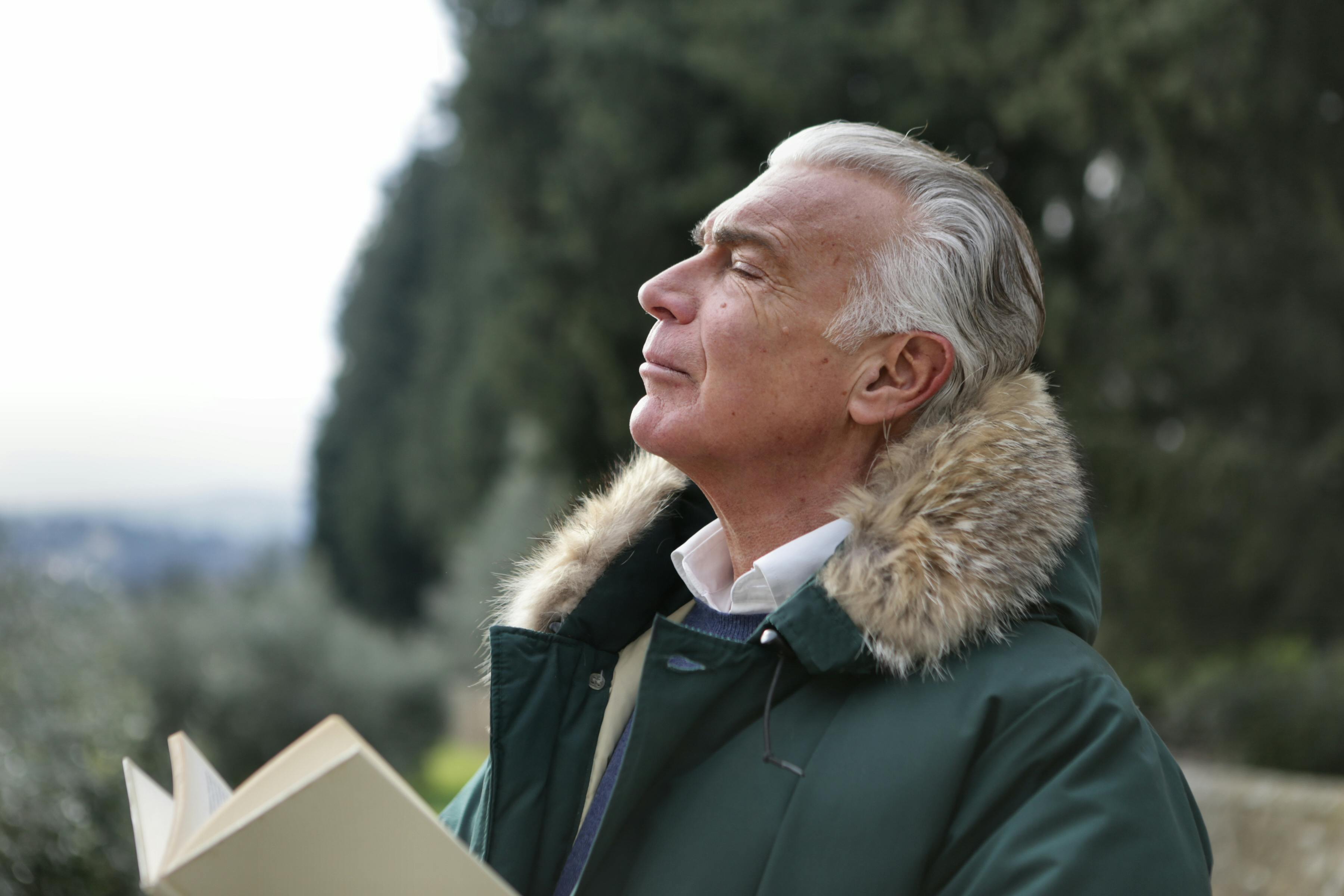Revisiting the Ancient Practice of Pranayama: A Modern Perspective on Breath Control Techniques
As more and more people around the globe are seeking holistic wellness, ancient practices are being revisited, re-evaluated, and reintegrated into modern lifestyles. One such practice is Pranayama, a Sanskrit term for "breath control". This practice, originating from ancient India, has been a cornerstone of Yoga and has been used for thousands of years as a tool to enhance physical, mental, and spiritual health. As the beauty and fitness industry continues to evolve, it is increasingly important to examine how such practices can contribute to overall well-being and transformation.

A Historical Overview of Pranayama
Pranayama, a word derived from ‘Prana’ meaning ‘life force’ and ‘Ayama’ meaning ‘control’, is essentially about controlling the breath, the life force that sustains us. Ancient Indian texts, specifically the Yoga Sutras of Patanjali, detail various Pranayama techniques, signifying its importance in yoga and meditation.
The practice’s historical context extends beyond mere physical benefits. Pranayama was considered a way to control the mind and attain a state of calm and focus, leading to spiritual enlightenment. As the world modernizes, these benefits are proving to be increasingly relevant, particularly in the context of stress management and mental well-being.
Contemporary Relevance and Industry Trends
The beauty and fitness industry’s current trends reflect a growing interest in holistic and integrative practices. Pranayama fits perfectly in this framework, offering an accessible solution to improve physical and mental health.
Evidence from scientific research supports the inclusion of Pranayama in modern wellness practices. Studies have shown that regular practice can improve lung function, cardiovascular health, stress management, and mental health. These findings have led to an increased adoption of Pranayama in wellness programs, yoga studios, and fitness centers.
Pranayama Techniques: Benefits and Market Impact
Several Pranayama techniques are gaining popularity due to their unique benefits. For instance, Anulom Vilom (alternate nostril breathing) has been shown to improve cardiovascular health and reduce stress. Similarly, Kapalabhati (skull shining breath) is known to boost metabolic rate and aid in weight loss.
The market impact of Pranayama is significant. It has led to the growth of yoga studios and meditation centers that offer specialized Pranayama classes. It has also fueled the development of digital platforms offering guided Pranayama sessions, making it accessible to a larger audience.
Evidence-Based Recommendations for Pranayama Practice
While Pranayama can bring numerous benefits, it’s important to practice it correctly to reap its full potential. Experts recommend starting under the guidance of a trained instructor. Starting with simpler techniques, such as deep breathing (Sama Vritti), and gradually moving to advanced techniques, such as Bhastrika (bellows breath), can make the practice more effective.
Research also suggests that consistency is key in Pranayama, much like any other fitness routine. Regular practice can lead to significant improvements in physical and mental health over time.
Pranayama: A Breath of Fresh Air in Beauty and Fitness
In conclusion, Pranayama presents a unique blend of physical and mental benefits, making it an ideal addition to modern beauty and fitness regimens. Its ability to reduce stress, improve lung function, and enhance mental clarity can contribute significantly to overall wellness and transformation.
As the beauty and fitness industry continues to evolve, practices like Pranayama that strike a balance between physical and mental health will likely continue to gain prominence. It’s a testament to the timeless wisdom of ancient practices and their relevance in our modern world.





